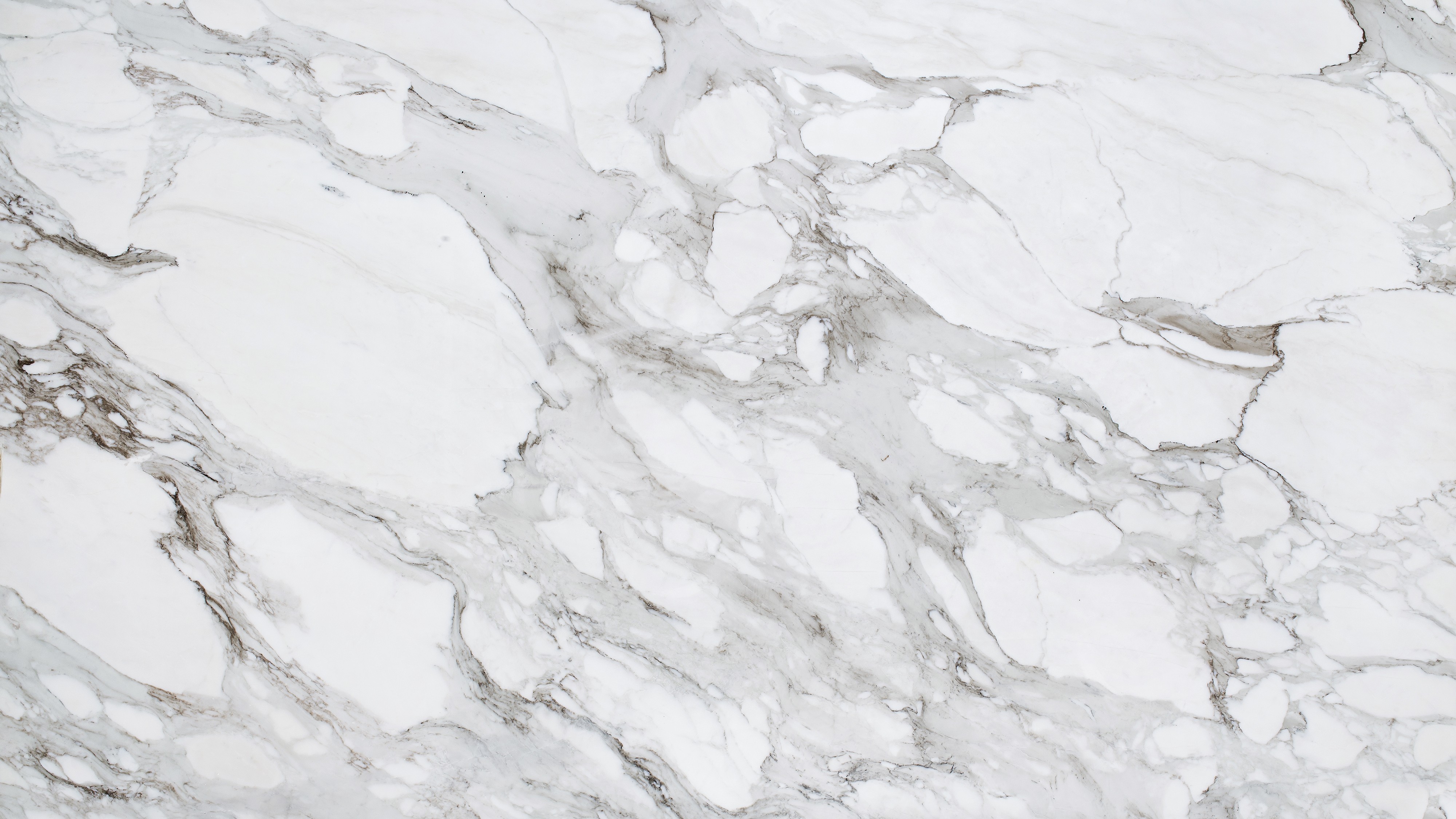Marble
When The Architect descended from his golden throne, he lifted the bones of the world, The Atholas Mountains. Within them lie the veins of gods, keeping the world and it's people alive. Marble is seen as the first piece of evidence that the gods somehow touched the earth.
Its veined pattern proved without a doubt to the prophets, that before history, the world and it's inhabitants were given life by higher powers. Or at least that's what the book of the gods and the bishops preach. During their mining expeditions, the northern people discovered tons of marble deposits. It was the perfect material to erect their monuments and build their grand buildings of worship. Marble quickly became a highly valuable material in the north for trade...or leverage, especially in the Vulsrian culture.
Most of Vulsrian Marble, considered the highest purity, can be found in churches and castles, noble houses and in foreign capitals. Each of the scattered altars of the Gods is made completely of marble.
Properties
Material Characteristics
Marble can be a variety of colors with multicolored veins spread naturally throughout. Some superstitious Vulsrian people say it's what The Architect's heart looks like...or what gave life to the world.
Physical & Chemical Properties
Very heavy and hard, like ceramic but chilly to the touch. Comes in multiple colors dispersed like veins.
Compounds
Recrystallized carbonate minerals made from high pressurized and super heated limestone. Usually gritty until wet sanded, buffed and polished.
Geology & Geography
Around areas with high volumes of limestone exposed to high temperatures and pressure.
Origin & Source
Atholas Mountains
Life & Expiration
Never clean marble with anything acidic, like vinegar! It will eventually wear away the polish of the stone and create unsightly pocks. If taken care of properly, can last for decades, even centuries.
History & Usage
History
Historically, marble has always been used by Vulsrians to worship their gods in statues, effigies and altars. In modern times, it's still the same, but now it's more fashionable to wear to show wealth and support for the gods. Though, some believe this is just a ruse, a disgusting way to use the gods as a way to flaunt one's wealth.
Cultural Significance and Usage
Marble is highly associated with Vulsrian religion and is used in all holy preparations, from ceremonial bowls to exclusive royal-religious dinnerware for entertaining high standing religious leadership.
Industrial Use
Marble is carved and cut into multiple shapes to create sculptures and other items. It is not heated, or mixed to create any other material.
Refinement
This material can be used in it's natural state.
Hazards
Mining for marble is a respected yet unpopular job due to it's dangers. Digging deep within the mountains and cutting quarries has caused multiple collapses and drops, killing thousands.
Distribution
Trade & Market
Even though marble deposits can be found scattered all over the world, the highest grade and rarest Marble always originates from Vulsrian lands. There is a good trade market for all kinds of international marbles, but Vulsrian Marble is the most expensive and most coveted.
Law & Regulation
Merchants need to have a permit from the church, and registries with their local Barrister to be able to sell internationally. However, if they want to sell Vulsrian Marble within their own nation, they are only allowed to advertise and sell five tons per year.



Comments